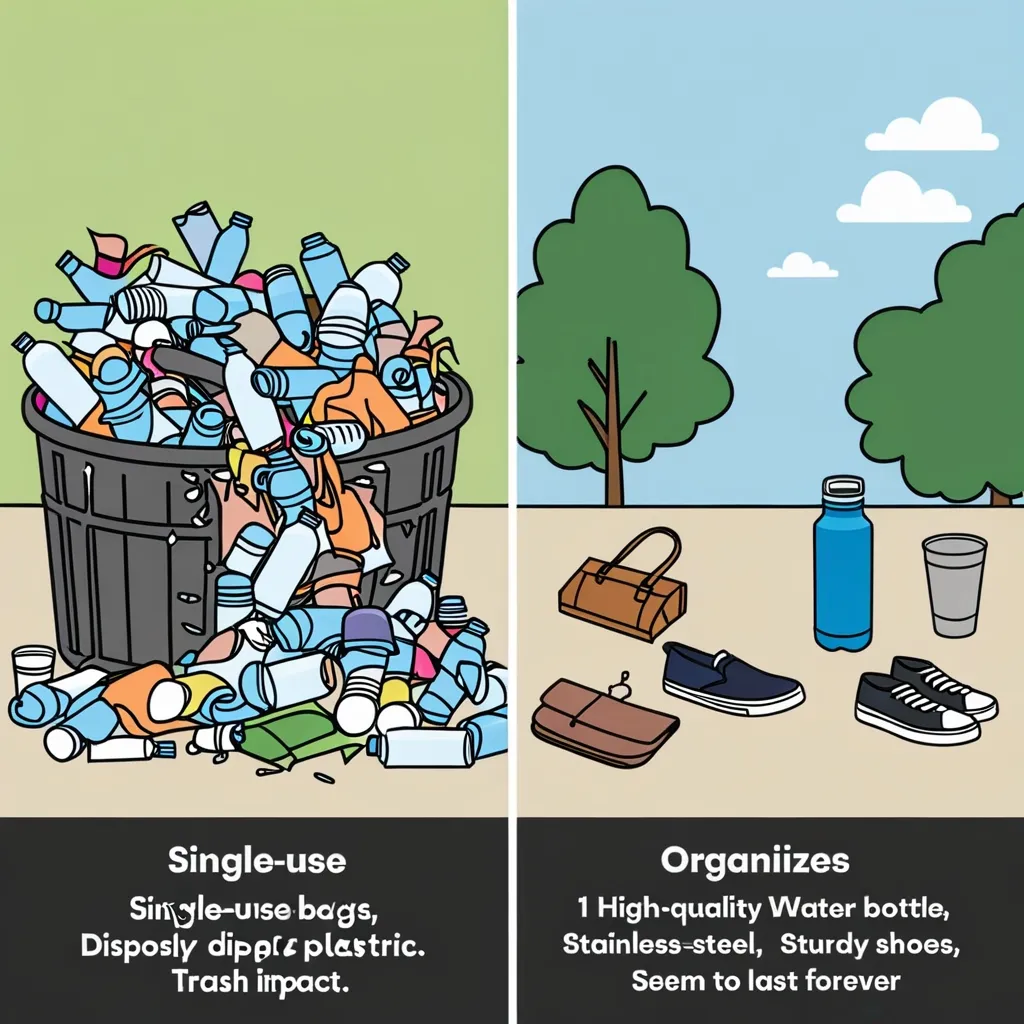Balancing Work and Life: The Art of Flexible Prioritization
In our fast-paced world, finding harmony between work and personal life has become more crucial than ever. It’s not just about juggling responsibilities; it’s about feeling fulfilled and happy in all aspects of your life. Enter the ‘Flexible Prioritization’ method - a game-changer in achieving that elusive work-life balance.
So, what’s this method all about? Well, it starts with knowing what really matters to you. Take a moment to think about your values and goals. What makes you tick? Is it quality time with family, pursuing a hobby, or climbing the career ladder? Once you’ve got that figured out, you can make choices that align with these priorities.
For instance, if family time is your top priority, you might decide to leave work at a reasonable hour every day. It’s amazing how such a simple change can boost your overall happiness and well-being.
Now, let’s talk boundaries. They’re like the foundation of a house - essential for keeping everything in its place. Define when your workday starts and ends, and make sure your colleagues know about it. If you’re working from home, try to have a dedicated workspace. It helps create a mental separation between work and personal life.
Imagine you’ve decided your workday ends at 6 PM. Stick to it! No checking emails or taking work calls after that time. It might feel weird at first, but trust me, it’ll help prevent work from spilling into your personal time and reduce the risk of burnout.
Time management is another crucial piece of the puzzle. Prioritize your tasks based on importance and urgency. Use to-do lists, planners, or apps to keep yourself organized. Have you heard of the Pomodoro Technique? It’s a great way to work in focused bursts with short breaks in between. It keeps you productive without feeling overwhelmed.
If your job offers flexibility, use it to your advantage. Are you a morning person? Start your workday earlier and finish earlier. Just remember to stay disciplined. Flexibility shouldn’t mean longer working hours or a lack of structure.
Now, let’s talk about something that often gets overlooked - self-care. It’s not selfish; it’s necessary. Regular exercise, nutritious meals, and enough sleep are non-negotiable. Don’t forget about your mental health too. Try mindfulness or meditation. Even a short daily practice can make a world of difference.
Delegation is another skill worth mastering. At work, delegate tasks that don’t need your direct involvement. At home, share responsibilities or use services that can help lighten your load. It’s okay to ask for help - you don’t have to do everything yourself.
Building a support system is crucial too. At work, this could mean open communication with your manager about your needs. At home, it might involve sharing responsibilities with family members or leaning on friends when you need support. Having people who’ve got your back can make all the difference.
Remember, work-life balance isn’t a one-and-done deal. It’s an ongoing process. As your life changes, so will your approach to balance. Regularly check in with yourself. Are you still feeling fulfilled? If not, it might be time to reassess and make some changes.
In this digital age, it’s easy to feel like you’re always “on.” Try setting up tech-free zones in your home or using “Do Not Disturb” features on your devices. It’s amazing how much more present you can be when you’re not constantly distracted by notifications.
Don’t forget to celebrate your wins, no matter how small they seem. Finished all your work tasks by 5 PM and got to watch a movie with your family? That’s worth celebrating! These little victories keep you motivated on your journey to balance.
While technology can sometimes feel like the enemy of work-life balance, it can also be a powerful ally. Use productivity apps to streamline your tasks and limit distractions. There are apps for everything these days - from blocking social media during work hours to reminding you to take breaks.
Learning to say no is a skill that’ll serve you well. It’s okay to turn down commitments that don’t align with your priorities or that you simply don’t have time for. Remember, overcommitting leads to stress and burnout - neither of which are good for your work or personal life.
Health and well-being should always be at the forefront of your mind. Maybe you could start a mindfulness program at work or encourage your employer to offer wellness initiatives. Small steps like these can make a big difference in overall well-being.
Open communication is key in all aspects of life. Be clear about your needs and boundaries with your manager, colleagues, and family members. It might feel awkward at first, but it’ll help prevent misunderstandings and reduce stress in the long run.
The ‘Flexible Prioritization’ method isn’t about rigidly sticking to a schedule. It’s about understanding what’s important to you and making decisions that align with those priorities. It’s about being flexible enough to adapt when life throws you curveballs (and it will), but also having a strong enough foundation that you don’t lose sight of what really matters.
It’s about recognizing that some days, work might need more of your attention. Other days, your personal life might take precedence. And that’s okay. The key is to be mindful of these shifts and ensure that over time, you’re giving adequate attention to all areas of your life.
Remember, there’s no one-size-fits-all solution when it comes to work-life balance. What works for your colleague or friend might not work for you. It’s about finding your own rhythm and what feels right for your unique situation.
Don’t be afraid to experiment. Try different strategies and see what sticks. Maybe waking up an hour earlier gives you some much-needed quiet time to start your day. Or perhaps scheduling regular check-ins with your manager helps you stay on top of your workload without feeling overwhelmed.
It’s also important to remember that achieving perfect balance all the time is unrealistic. There will be days when work demands more of your time and energy. There will be times when personal matters require your full attention. The goal is to create a lifestyle that allows for these ebbs and flows without causing long-term stress or dissatisfaction.
Creating a work-life balance isn’t just about making your life easier (although that’s certainly a nice benefit). It’s about creating a life that’s fulfilling, productive, and aligned with your values. It’s about being present and engaged whether you’re in a board meeting or at your child’s soccer game.
So, take a deep breath. Look at your life. What’s working? What isn’t? Where do you want to make changes? Remember, you have the power to shape your life. It might take some time and effort, but with the ‘Flexible Prioritization’ method, you can create a balance that works for you.
In the end, achieving work-life balance is a journey, not a destination. It requires ongoing commitment, reflection, and adjustment. But with the right strategies and mindset, you can create a life where you thrive both professionally and personally. And isn’t that what we’re all aiming for?






